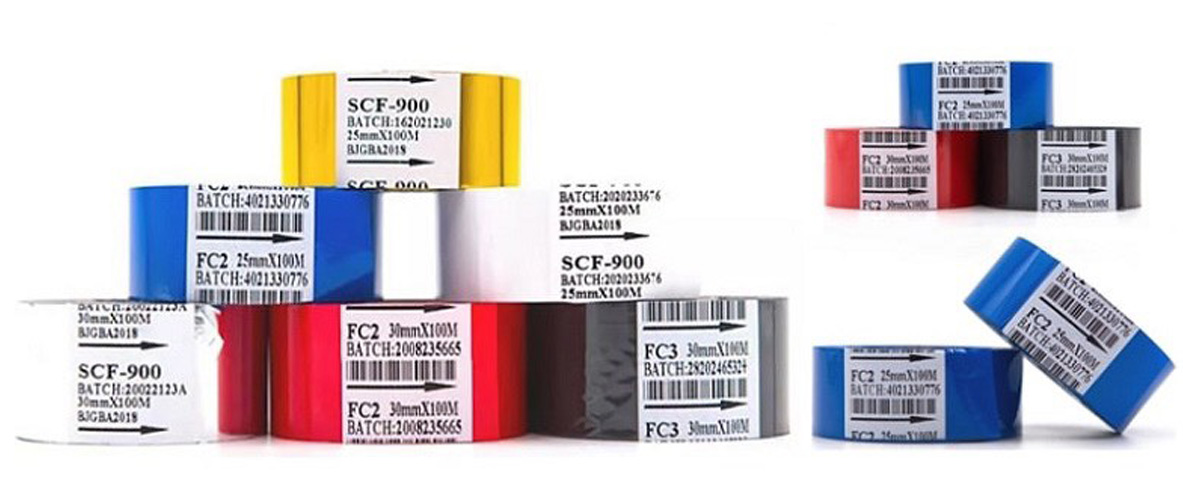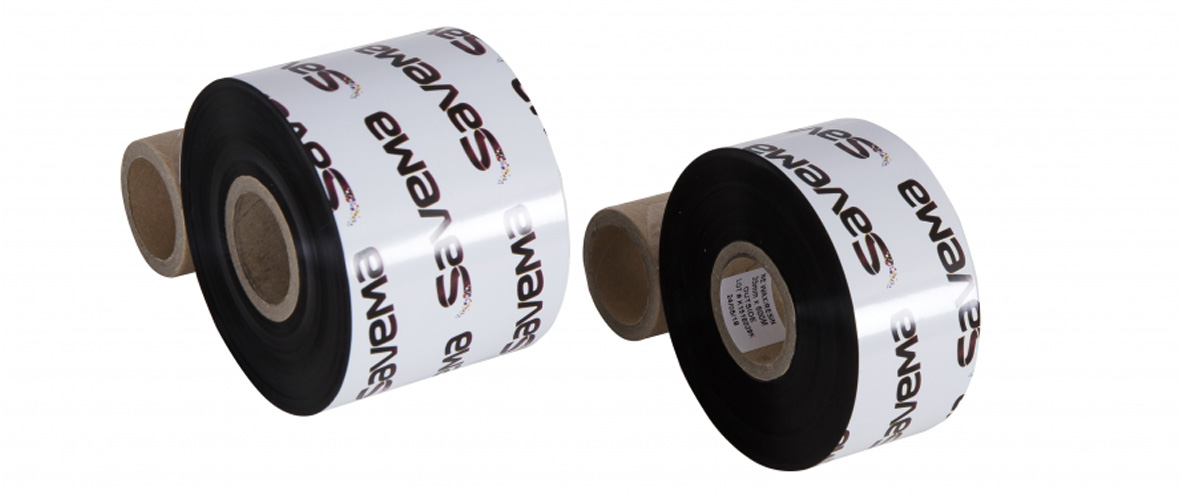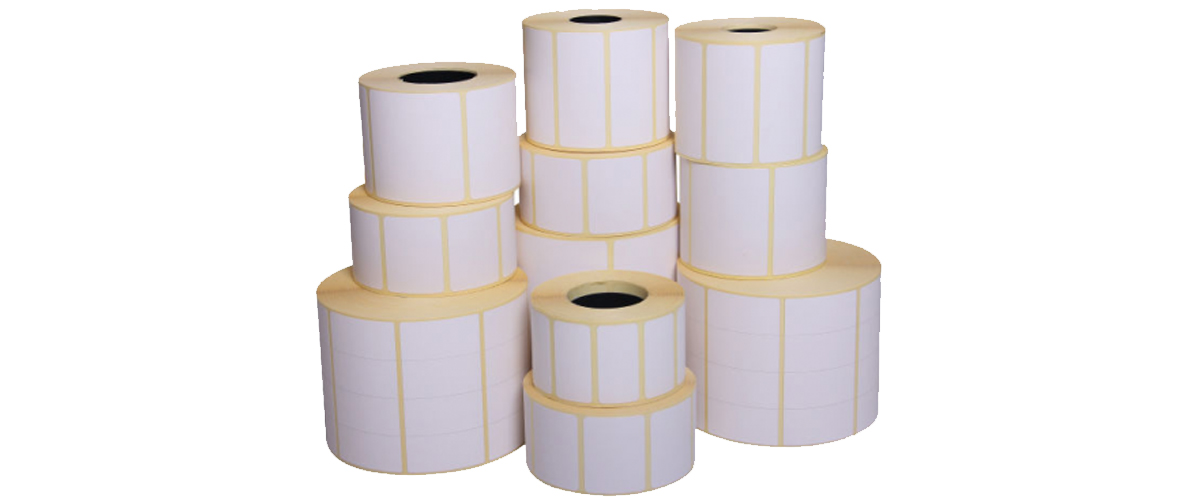Mastering detailed information on real packaging such as CODE, DATE or NSX, HSD … products will help us choose the most suitable product for our health.
According to international regulations, industrial packaged food must contain information about the properties and characteristics of the product on the packaging. Understanding food details through reading information on the packaging will help us distinguish and choose the best quality, safe and most suitable products for our health, especially recently, Consumers (consumers) are using more and more packaged foods. Following are the contents that consumers need to consider on the product packaging:
– Manufacturer or packing place: Manufacturer is a place that guarantees and is responsible for the quality and safety of the product. The manufacturer’s products seriously always have clear names and addresses and phone numbers for consumers to contact.
20100809b
Packaged food is very diverse, consumers need to carefully read the information on the packaging to choose healthy products.
Nutritional value: Is represented by the value of macronutrients (such as protein, fat, carbohydrates, energy …), micronutrients (such as vitamins, minerals, trace elements, acids amino…). The nutritional value is usually calculated per unit weight or product volume (usually per 100 g, 1 liter or 100 ml of product), or a serving specified in the instructions (1 serving), through which Consumers will know if they need this product and if they can, how much to eat during the day. On the same product, it can be recorded both in English and in Vietnamese.
In some products, the nutritional value is also compared with the recommended needs (RDA – Recommended Dietary Allowances or DV – Daily Value is the amount of nutrients needed to meet the needs of the average person / day) . Information on nutritional values helps consumers determine if a certain amount is used, how much is supplied by the body compared to the recommended needs.
– Instructions for use and preservation: This is essential information for consumers to use and preserve the product effectively and best. For example how to cook, store in a refrigerator or cool dry place …
– Expiry date: The time when the product is best used if it is stored as directed. There are many ways to indicate the date of production and shelf life (for example, if the date of manufacture is 15 09 09, the shelf life is 1 year, it will expire on September 15, 2010); write the expiration date (in Vietnamese often write in words: use first …, best use first …, expiry …, expiry date …; In English can be written: Best before, Use before, Exp. Date ); Indicate the date of manufacture and expiration date. Before the numbers indicating the date, month and year, there is an inscription: Date of manufacture (or abbreviated as NSX. For example: NSX 021009, the consumer must understand that it is production on October 2, 2009); expiry date (or abbreviated as HSD. Example: HSD 310709 means expiry date until July 31, 2009). Numbers indicating days, months and years may be written consecutively or have a dot or slash mark in between to identify them.
– Notes: If in English, consumers need to pay attention to Serving size, also known as “serving size” or “portion”. A packaged product can have 1 or more serving, so pay attention to how many servings are in a product (1/2 serving, 1 serving or more). The amount of serving consumed will determine the actual calories eaten. If you eat a lot of unnecessary long-serving serving, you will be overweight, obese, and develop cardiovascular disease
* Some date printers are specialized for printing NSX, HSD and date ink specialized in printing NSX, HSD in the production of confectionery food, pharmaceuticals and frozen seafood packaging.










